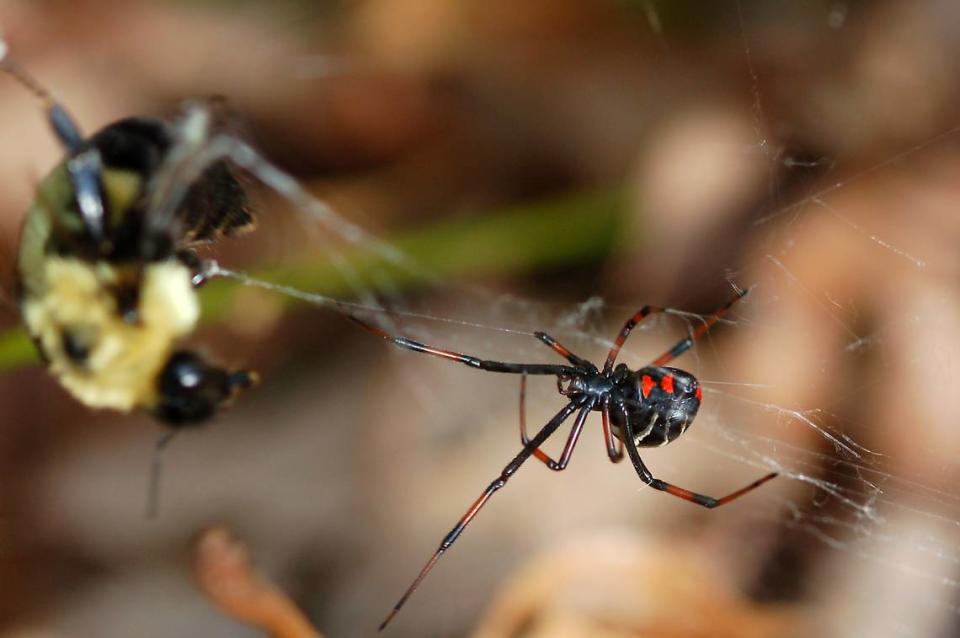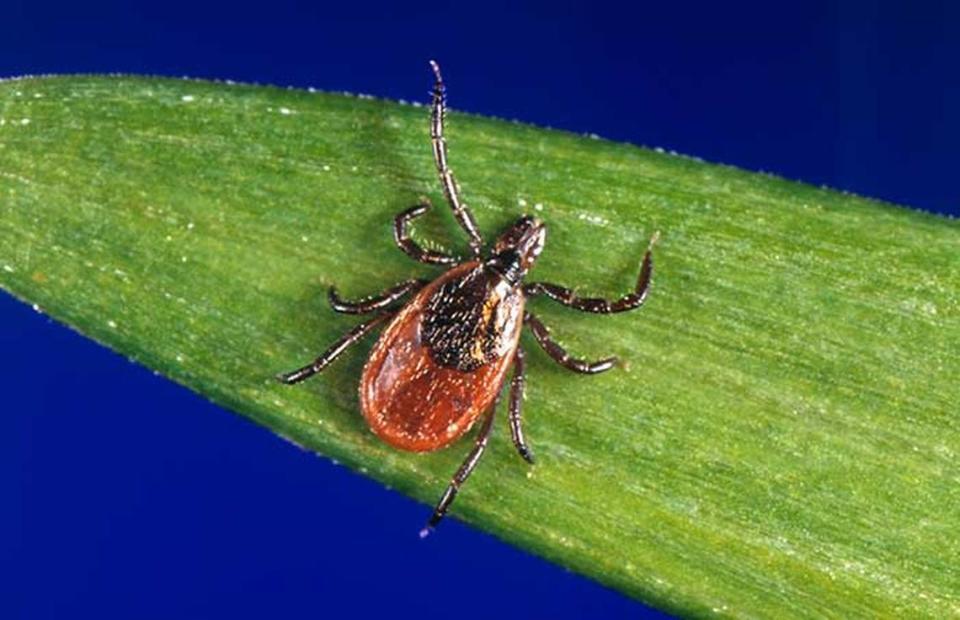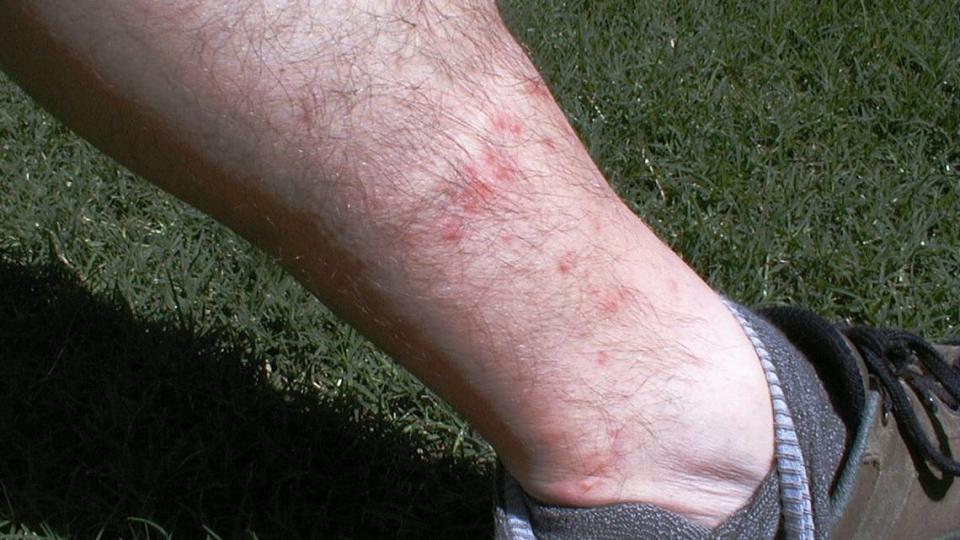Stay safe outdoors in NC: Spiders, ticks, chiggers and emerging health concerns
As the weather warms up, it’s important to be aware of the potential threats from insects and arachnids in North Carolina.
While most spiders in the region pose no harm to humans, it’s crucial to be able to identify and avoid the venomous black widow and brown recluse spiders. Additionally, ticks are a significant concern, as they can transmit serious illnesses such as Lyme disease and Rocky Mountain Spotted Fever. Plus, a new study has highlighted the alarming spread of Lyme disease in North Carolina, urging healthcare professionals to be vigilant in identifying and treating the illness. Finally, the presence of chiggers carrying a potentially deadly bacterium has been discovered, raising concerns about potential health risks in the state.
It’s essential to take preventive measures to protect both humans and pets from these possible health threats as we head into the summer months.
North Carolina’s venomous spiders: A quick overview
Spiders are one of the most feared creatures, but in both North and South Carolina, most of them pose no threat to humans. Only two types of venomous spiders can do any harm, and they tend to avoid people. The black widow and brown recluse spiders are the only ones to be wary of, and this article provides a quick primer on these venomous creepers. Learn how to identify them and avoid them to stay safe.
— Read the full story by N&O reporter Kimberly Cataudella Tutuska & Josh Shaffer

How to prevent tick bites and remove ticks to avoid disease in NC
Ticks pose more of a threat than spiders in North Carolina. These bloodsucking parasites can transmit serious illnesses, including Lyme disease and Rocky Mountain Spotted Fever. Learn about the most common types of ticks found in North Carolina, the illnesses they can cause and how to prevent and remove tick bites.
— Read the full story by N&O reporter Kimberly Cataudella Tutuska
UNC epidemiologist warns of increasing Lyme disease threat in western NC
Lyme disease, a tick-borne illness, is spreading at an alarming rate in North Carolina, according to a new study. The disease, which was once thought to occur only in the Northeast and Upper Midwest parts of the country, is now prevalent in the western part of North Carolina and is moving eastward faster than most doctors’ awareness of it. The study urges healthcare professionals to be on the lookout for Lyme disease so patients can get treated early and have the best chance to fully recover. Symptoms usually start with fever, headache and fatigue, and if left untreated, the infection can spread to the joints, heart, and nervous system, causing long-lasting problems such as arthritis and even facial paralysis.
— Read the full story by N&O reporter Martha Quillin

Precautions against tick-borne illnesses in dogs & cats: Tips for pet owners
Protecting your furry friends from ticks and tick-borne diseases is crucial, whether they’re joining you on outdoor adventures or simply enjoying the backyard. Learn about the risks and preventive measures for dogs and cats in North Carolina from experts in veterinary medicine. Find out how to keep your pets safe and what to do if they are bitten by a tick.
— Read the full story by N&O reporter Kimberly Cataudella Tutuska
Surviving chiggers and other bugs this summer in the South: Strategies to fight bites
As summer heats up, so does the prevalence of pesky bug bites. Whether you’re hiking in the woods or lounging in your backyard, it’s hard to avoid being bitten by mosquitoes, chiggers, fleas and other insects. This article offers tips on how to protect yourself from bug bites, including using DEET spray, essential oils and covering up with long clothing. It also explains what chiggers are and how to treat their bites, as well as how to distinguish between chigger, mosquito and no-see-um bites.
— Read the full story by N&O reporter Brooke Cain

Chiggers in North Carolina found to carry deadly typhus bacteria
Discoveries by researchers from N.C. State University and UNC-Greensboro have revealed the presence of chiggers carrying a type of Orientia bacterium that can cause scrub typhus in North Carolina. This deadly illness has never before been reported in the U.S. The findings suggest a potential spread of the bacteria to the continental United States and highlight the need for further study to determine the extent of the infection and its transmission. Learn more about this emerging health concern and how to protect yourself from chiggers in the outdoors.
— Read the full story by N&O reporter Martha Quillin
This page is a collection of stories reported and written by McClatchy journalists. The collection was formed using an AI tool for summarization and edited by journalists in the newsroom. Read more on our AI policy here.

